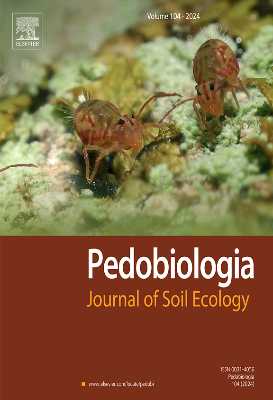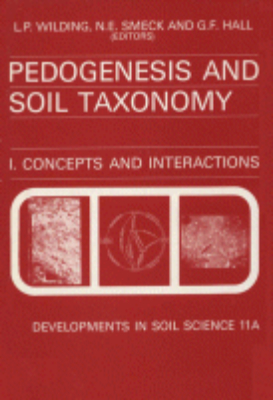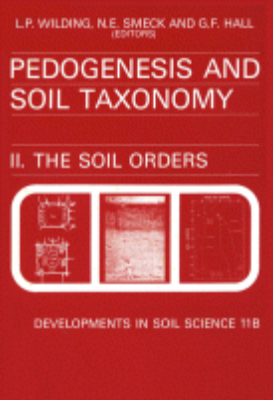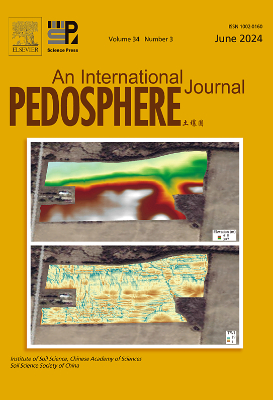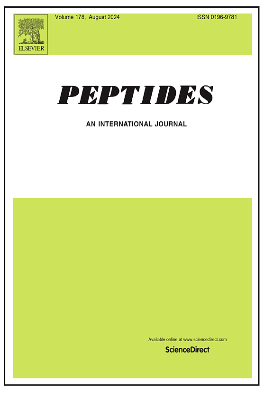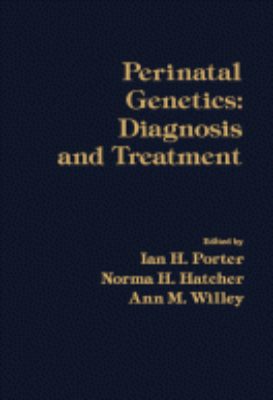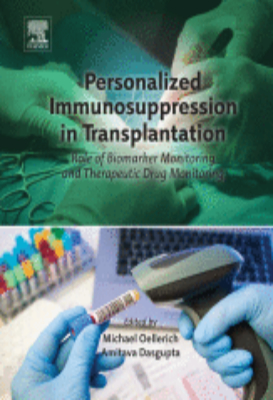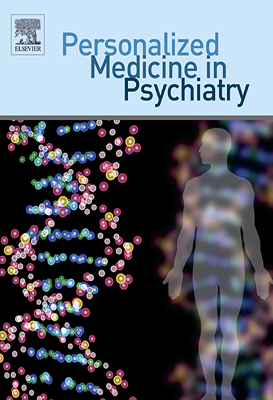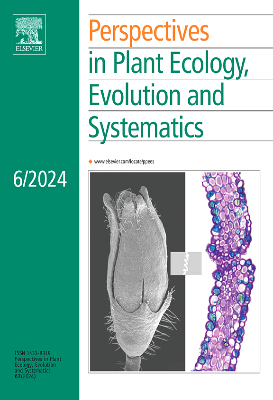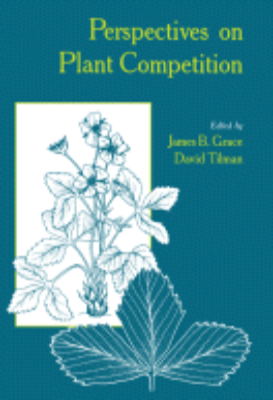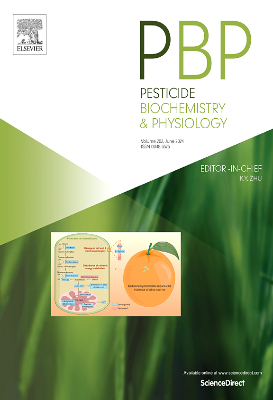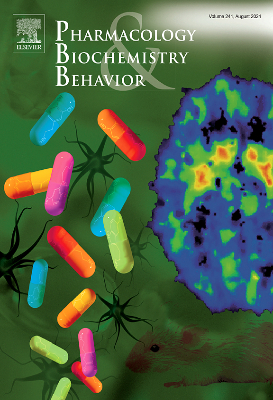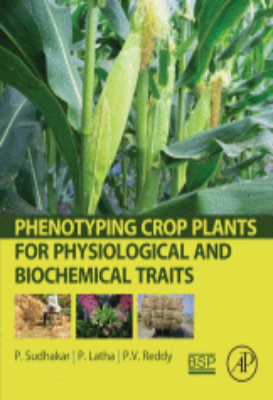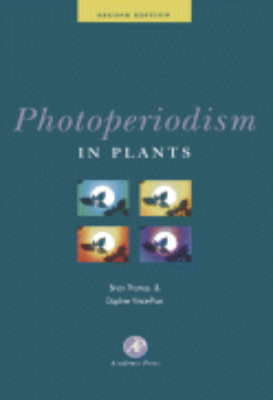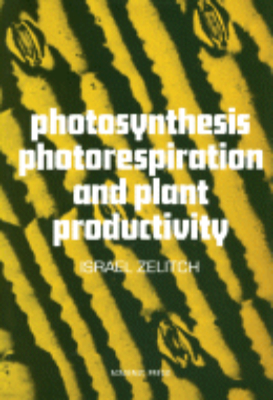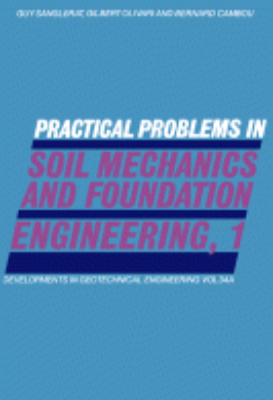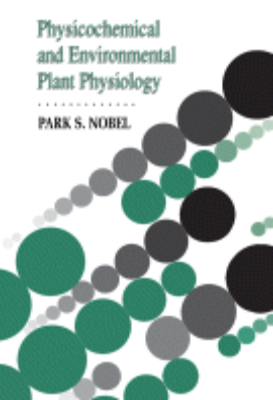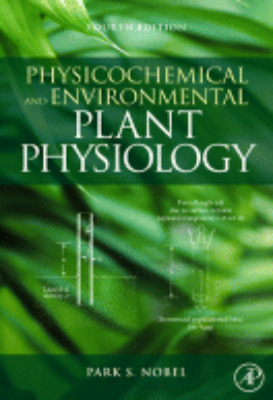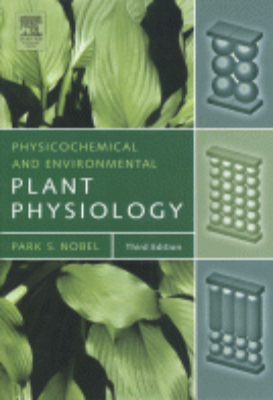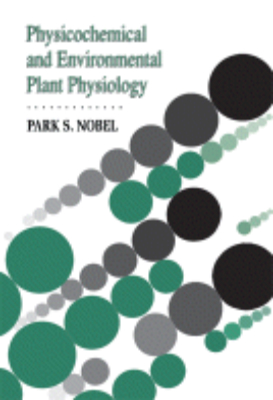E-Resources
Pathology of Domestic Animals: Volume 1 1993
"The all-new Fourth Edition of Pathology of Domestic Animals comprehensively covers the biology and pathology of diseases of domestic animals on a systemic basic. Updated and expanded to reflect the current knowledge of the study of domestic animal diseases, this three-volume set appeals to veterinarians, veterinary students, trainee veterinary pathologists learning the scope of their field, and practicing pathologists confronted with diagnostic problems. Key Features. All material completely updated and expanded to reflect the current knowledge of the study of diseases of domestic animals. Covers the biology and pathology of diseases of domestic animals on a global basis. Emphasizes the pattern of disease and the defense mechanisms of each organ system. Several new illustrations"
Pathology of Domestic Animals: Volume 2 Fourth Edition 1993
"The all-new Fourth Edition of Pathology of Domestic Animals comprehensively covers the biology and pathology of diseases of domestic animals on a systemic basic. Updated and expanded to reflect the current knowledge of the study of domestic animal diseases, this three-volume set appeals to veterinarians, veterinary students, trainee veterinary pathologists learning the scope of their field, and practicing pathologists confronted with diagnostic problems. Key Features. Improvements over the Third Edition:. All material completely updated and expanded to reflect the current knowledge of the study of diseases of domestic animals. Covers the biology and pathology of diseases of domestic animals on a global basis. Emphasizes the pattern of disease and the defense mechanisms of each organ system. Several new illustrations"
Pathology of Domestic Animals: Volume 2 Third Edition 1985
Pathology of Domestic Animals, Third Edition, Volume 2 deals with various aspects of veterinary pathology, with emphasis on the disease of domestic animals. This text covers animal diseases affecting the alimentary, urinary, and respiratory systems; the liver and biliary system; the pancreas; and the peritoneum, retroperitoneum, and mesentery. This book is organized into six chapters and begins with a discussion of diseases of the organs comprising the alimentary system, including the oral cavity, tonsils, salivary glands, esophagus, stomach, and intestine. Emphasis is given to congenital anomalies and infectious and parasitic diseases of the gastrointestinal tract. The reader is then introduced to conditions that afflict animal liver and biliary system, such as inflammation, and anomalies of the pancreas. The chapters that follow focus on congenital anomalies of the peritoneum, retroperitoneum, and mesentery, along with circulatory disturbances and diseases of the blood vessels. The book concludes with an account of respiratory diseases, including metabolic and circulatory disturbances of nasal cavity and sinuses, laryngitis and tracheitis, and pulmonary hypertension. This book is intended for practitioners of veterinary medicine as well as teachers and students of pathology in the hope that they will contribute to an understanding of animal disease.
Pathology of Domestic Animals: Volume 3 Fourth Edition 1993
"The all-new Fourth Edition of Pathology of Domestic Animals comprehensively covers the biology and pathology of diseases of domestic animals on a systemic basic. Updated and expanded to reflect the current knowledge of the study of domestic animal diseases, this three-volume set appeals to veterinarians, veterinary students, trainee veterinary pathologists learning the scope of their field, and practicing pathologists confronted with diagnostic problems. Key Features. All material completely updated and expanded to reflect the current knowledge of the study of diseases of domestic animals. Covers the biology and pathology of diseases of domestic animals on a global basis. Emphasizes the pattern of disease and the defense mechanisms of each organ system. Several new illustrations"
Perinatal Genetics
Perinatal Genetics: Diagnosis and Treatment brings together the proceedings of the 15 Annual New York State Health Department Birth Defects Symposium held on September 30-October 1, 1984 in Albany, New York. The symposium provided a forum for clarifying and rationalizing certain aspects of diagnosis and treatment of perinatal genetic birth defects such as fragile X syndrome, phenylketonuria, and hypothyroidism. Comprised of 17 chapters, this book begins with an epidemiological review of very early pregnancy loss, focusing on fertilization and implantation; the probability of loss between fertilization and implantation (on about the sixth day), and between implantation and the 14th day (the first day of the expected next period in a non-pregnant woman); and the contribution of chromosomal errors in the sperm, ovum, and zygote to early reproductive loss. The reader is then introduced to cytogenetic abnormalities in spontaneous abortions of recognized conceptions; repetitive spontaneous abortion; and prenatal genetic diagnosis by chorionic villus sampling. Subsequent chapters explore prenatal treatment of biochemical disorders; in vitro fertilization and embryo transfer; and moral issues concerning third trimester pregnancy terminations. This monograph will appeal to perinatologists, neonatologists, obstetricians, pediatricians, and geneticists and should also serve as a useful guide for health professionals who provide care to pregnant women and their newborns.
Personalized Epigenetics
Personalized Epigenetics discusses the core translatability of epigenetics to health management of individuals who have unique variations in their epigenetic signatures that can guide both disorder and disease prevention and therapy. The book details inter-individual variability in the major epigenetic process in humans consisting of DNA methylation, histone modifications, and noncoding RNA, and the diagnostic, prognostic, and therapeutic potential of the field, it also reviews the impact of the environment on epigenetic variations among individuals and the role of pharmacology and drug development in personalized epigenetics. Most importantly, the text covers personalized epigenetics from a disease-oriented perspective, presenting chapters that provide advances in widespread disorders or diseases, including diabetes, cancer, autoimmune disorders, obesity, cardiovascular diseases, neurological disorders, and pain management.
Personalized Immunosuppression in Transplantation
"Personalized Immunosuppression in Transplantation: Role of Biomarker Monitoring and Therapeutic Drug Monitoring provides coverage of the various approaches to monitoring immunosuppressants in transplant patients, including the most recently developed biomarker monitoring methods, pharmacogenomics approaches, and traditional therapeutic drug monitoring. The book is written for pathologists, toxicologists, and transplant surgeons who are involved in the management of transplant patients, offering them in-depth coverage of the management of immunosuppressant therapy in transplant patients with the goal of maximum benefit from drug therapy and minimal risk of drug toxicity. This book also provides practical guidelines for managing immunosuppressant therapy, including the therapeutic ranges of various immunosuppressants, the pitfalls of methodologies used for determination of these immunosuppressants in whole blood or plasma, appropriate pharmacogenomics testing for organ transplant recipients, and when biomarker monitoring could be helpful. Key Features. Focuses on the personalized management of immunosuppression therapy in individual transplant patients. Presents information that applies to many areas, including gmass spectrometry, assay design, assay validation, clinical chemistry, and clinical pathology. Provides practical guidelines for the initial selection and subsequent modifications of immunosuppression therapy in individual transplant patients. Reviews the latest research in biomarker monitoring in personalizing immunosuppressant therapy, including potential new markers not currently used, but with great potential for future use. Explains how monitoring graft-derived, circulating, cell free DNA has shown promise in the early detection of transplant injury in liquid biopsy"
Perspectives on Plant Competition
Perspectives on Plant Competition is mainly about addressing the many different perspectives in plant competition and finding a common ground among them. Its aim is that through this common ground, new theories can be created. Encompassing 20 chapters, this book is divided into three parts. Part I, Perspectives on the Determinants of Competitive Success, consists of eight chapters. This section deals mainly on the question of determination of competitive success. Different writers put forward various definitions of competition and competitive success to shed light on the question at hand. In the second part of this book, an opposing set of views regarding the consequences of competitive interactions for the plant community structure is provided. This section emphasizes the idea that competition is not the sole force in natural communities. Each chapter in this part focuses on a certain aspect of competition as seen in different communities across and within habitats and systems. Part III, which comprises of four chapters, focuses on the competition within the context of interaction of plants with organisms on the other trophic levels. The chapters set forth the idea that competition depends on the impacts of herbivores, parasites, and symbionts. The concluding part of the book greatly emphasizes the need to integrate the mechanisms of competition into the framework of the entire food web.
Phenotyping Crop Plants for Physiological and Biochemical Traits
"Phenotyping Crop Plants for Physiological and Biochemical Traits presents a proven range of methodologies and practices for effective, efficient, and appropriate typing of crop plants. By addressing the basic principles and precautions needed when conducting crop-based experiments, this book guides the reader in selecting the appropriate method based on the growing environment, whether greenhouse, pot, field, or liquid (hydroponic). By addressing the quantification of seed traits related to growth experiments, including their viability and vigor, this book presents methodology options for optimum yield based on potential abiotic stresses.. Key Features. Discusses various methods that can contribute to phenotyping of crop plants for various physiological and biochemical traits. Presents reliable techniques for phenotyping or quantifying plant characters during varied climatic conditions. Provides insights for selecting appropriate methodologies for specific crop growing situations. Identifies the most appropriate protocols and methods for analyzing crop traits"
Pheromone Biochemistry
Pheromone Biochemistry covers chapters on Lepidoptera, ticks, flies, beetles, and even vertebrate olfactory biochemistry. The book discusses pheromone production and its regulation in female insects; as well as reception, perception, and degradation of pheromones by male insects. The text then describes the pheromone biosynthesis and its regulation and the reception and catabolism of pheromones. Researchers in the areas of chemistry, biochemistry, entomology, neurobiology, molecular biology, enzymology, morphology, behavior, and ecology will find the book useful.
Photoperiodism in Plants
"Photoperiodism is the response to the length of the day that enables living organisms to adapt to seasonal changes in their environment as well as latitudinal variation. As such, it is one of the most significant andcomplex aspects of the interaction between plants and their environment and is a major factor controlling their growth and development. As the new and powerful technologies of molecular genetics are brought to bear on photoperiodism, it becomes particularly important to place new work in the context of the considerable amount of physiological information which already exists on the subject. This innovative book will be of interest to a wide range of plant scientists, from those interested in fundamental plant physiology and molecular biology to agronomists and crop physiologists. Key Features. Provides a self-sufficient account of all the important subjects and key literature references for photoperiodism. Includes research of the last twenty years since the publication of the First Edition. Includes details of molecular genetic techniques brought to bear on photoperiodism"
Photosynthesis Photorespiration and Plant Productivity
Photosynthesis, Photorespiration, and Plant Productivity provides a basis for understanding the main factors concerned with regulating plant productivity in plant communities. The book describes photosynthesis and other processes that affect the productivity of plants from the standpoint of enzyme chemistry, chloroplasts, leaf cells, and single leaves. Comprised of nine chapters, the book covers the biochemical and photochemical aspects of photosynthesis; respiration associated with photosynthetic tissues; and photosynthesis and plant productivity in single leaves and in stands. It provides illustrated and diagrammatic discussion and presents the concepts in outlined form to help readers understand the concepts efficiently. Moreover, this book explores the rates of enzymatic reactions and the detailed structure and function of chloroplasts and other organelles and their variability. It explains the mechanism of photosynthetic electron transport and phosphorylation and the importance of diffusive resistances to carbon dioxide assimilation, especially the role of stomata. It also discusses the importance of dark respiration in diminishing productivity; the differences in net photosynthesis that occur between many species and varieties; and the influence of climate to photosynthetic reactions. The book is an excellent reference for teachers, as well as undergraduate and graduate students in biology, plant physiology, and agriculture. Research professionals working on the disciplines of plant production and food supply will also find this book invaluable.
Physicochemical and Environmental Plant Physiology: 1991
This text is the successor volume to Biophysical Plant Physiology and Ecology (W.H. Freeman, 1983). The content has been extensively updated based on the growing quantity and quality of plant research, including cell growth and water relations, membrane channels, mechanisms of active transport, and the bioenergetics of chloroplasts and mitochondria. One-third of the figures are new or modified, over 190 new references are incorporated, the appendixes on constants and conversion factors have doubled the number of entries, and the solutions to problems are given for the first time. Many other changes have emanated from the best laboratory for any book, the classroom. Key Features Covers water relations and ion transport for plant cells; diffusion, chemical potential gradients, solute movement in and out of plant cells Covers interconnection of various energy forms; light, chlorophyll and accessory photosynthesis pigments, ATP and NADPH Covers forms in which energy and matter enter and leave a plant; energy budget analysis, water vapor and carbon dioxide, water movement from soil to plant to atmosphere
Physicochemical and Environmental Plant Physiology: Fourth Edition 2009
"Physicochemical and Environmental Plant Physiology, Fourth Edition, is the updated version of an established and successful reference for plant scientists. The author has taken into consideration extensive reviews performed by colleagues and students who have touted this book as the ultimate reference for research and learning. The original structure and philosophy of the book continue in this new edition, providing a genuine synthesis of modern physicochemical and physiological thinking, while entirely updating the detailed content. This version contains more than 40% new coverage; five brand new equations and four new tables, with updates to 24 equations and six tables; and 30 new figures have been added with more than three-quarters of figures and legends improved. Key concepts in plant physiology are developed with the use of chemistry, physics, and mathematics fundamentals. The book is organized so that a student has easy access to locate any biophysical phenomenon in which he or she is interested. Key Features. More than 40% new coverage. Incorporates student-recommended changes from the previous edition Five brand new equations and four new tables, with updates to 24 equations and six tables30 new figures added with more than three-quarters of figures and legends improvedOrganized so that a student has easy access to locate any biophysical phenomenon in which he or she is interestedPer-chapter key equation tablesProblems with solutions presented in the back of the bookAppendices with conversion factors, constants/coefficients, abbreviations and symbols"
Physicochemical and Environmental Plant Physiology: Third Edition 2005
"The new edition of Physicochemical and Environmental Plant Physiology uses elementary chemistry, physics, and mathematics to explain and develop key concepts in plant physiology. In fundamental ways, all physiological processes that occur in cells, tissues, organs, and organisms obey such relations. Topics include diffusion, membranes, water relations, ion transport, photochemistry, bioenergetics of energy conversion, photosynthesis, environmental influences on plant temperature, and gas exchange for leaves and whole plants. This new edition maintains the unparalleled commitment to clear presentation and improves upon the user friendliness of the previous versions. Key Features. All illustrations have been redrawn, many in two-color. New material includes: 14 new figures, 100 new references, 20 new equations and considerable new and revised text. Extensive cross-referencing with a simpler system for chapter sections and subsections. Easy-to-use format including major equations being presented at the beginning of each chapter, and calculations presented outside of the chapter text"
Physicochemical and Plant Physiology
Physicochemical and Environmental Plant Physiology provides an understanding of various areas of plant physiology in particular and physiology in general. Elementary chemistry, physics, and mathematics are used to explain and develop concepts. The first three chapters of the book describe water relations and ion transport for plant cells. The next three chapters cover the properties of light and its absorption; the features of chlorophyll and the accessory pigments for photosynthesis that allow plants to convert radiant energy from the sun into chemical energy; and how much energy is actually carried by the compounds ATP and NADPH. The last three chapters consider the various forms in which energy and matter enter and leave a plant as it interacts with its environment. These include the physical quantities involved in energy budget analysis; the resistances affecting the movement of both water vapor and carbon dioxide in leaves; and the movement of water from the soil through the plant to the atmosphere.





